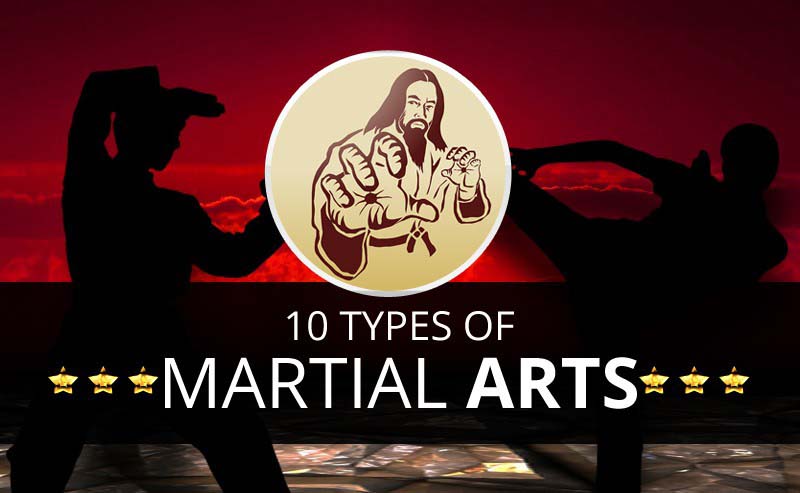The History And Viewpoint Of Martial Arts: A Deep Dive
The History And Viewpoint Of Martial Arts: A Deep Dive
Blog Article
Authored By-Fyhn Wall
Step into the old globe where martial arts were substantiated of necessity in diverse regions. Cultures crafted one-of-a-kind fighting styles linked with historic contexts. Methods evolved over centuries with devoted practice and social exchanges. Today, modern martial arts blend traditional components for optimal performance. Philosophically, martial arts emphasize self-control, self-improvement, and consistency. Respect, humility, and equilibrium are fundamental principles directing experts towards growth and resilience. Discover the midsts of this rich history and viewpoint to discover the extensive influences forming this enduring self-control.
Origins of Martial Arts
Fighting style originated in various areas around the world, progressing as useful battle systems to prevent dangers. These old battling styles were developed out of need, with each society crafting methods matched to their unique environments and obstacles. From the grappling arts of Jujutsu in Japan to the striking methods of Martial art in China, martial arts were deeply intertwined with the historic, social, and social material of their corresponding societies.
In Japan, the samurai class refined martial arts like Kenjutsu, the art of the sword, which later on progressed into the a lot more popularized form of Kendo. Meanwhile, in Brazil, Capoeira emerged as a blend of dance and combat, created by enslaved Africans as a method to withstand injustice. Each martial art brings with it an abundant background and viewpoint, mirroring the values and beliefs of the people who practiced them.
As you delve into the origins of martial arts, you uncover a tapestry of human resourcefulness, strength, and the stubborn spirit of warriors throughout time.
Development of Strategies
With centuries of technique and refinement, combat strategies within various martial arts have gone through an extensive evolution. From ancient styles like Kung Fu and Karate to more modern-day self-controls such as Brazilian Jiu-Jitsu and Krav Maga, the development of techniques has actually been driven by a mix of cultural influences, useful applications, and technological developments.
One considerable element of this development is the cross-pollination of strategies between various martial arts. As an example, strategies from conventional Japanese Jiu-Jitsu were included into the production of Judo by Jigoro Kano in the late 19th century. This mixing of designs has actually brought about the development of crossbreed martial arts like Mixed Martial Arts (MIXED MARTIAL ARTS), which integrate components of striking, grappling, and submission strategies.
In addition, the evolution of techniques has been shaped by the raising focus on efficiency and performance in battle. Specialists have continually sought to improve their strategies with extensive training, testing, and competition, leading to the advancement of very specialized and effective combating styles. On the whole, the development of techniques in martial arts mirrors the vibrant nature of combat and the continuous mission for renovation and advancement.
Thoughtful Structures
Discovering the underlying philosophical concepts of martial arts gives understanding right into their core worths and guiding beliefs. At the heart of several martial arts techniques is the principle of technique itself. By training your mind and body to function as one cohesive device, you cultivate technique that expands past the dojo or health club into everyday life. This technique includes regard, humbleness, and self-control, shaping not just your physical capabilities yet likewise your character.
One more fundamental thoughtful foundation in martial arts is the idea of continuous self-improvement. The journey of mastering a martial art is nonstop, with practitioners regularly aiming to far better themselves, both physically and psychologically. This focus on development fosters resilience, perseverance, and a development frame of mind that can be related to all elements of life.
In addition, martial arts stress the value of consistency and equilibrium. Methods are developed to use an opponent's energy against them, highlighting the principle of yielding and redirecting pressure as opposed to fulfilling it head-on. browse around here encompasses interpersonal connections, advertising relaxed resolutions and good understanding. By welcoming martial arts and autism , martial musicians not only improve their combat skills but also cultivate a way of living fixated individual growth, regard, and consistency.
https://selfdefensewomancom32978.blog-eye.com/35608743/now-is-the-optimal-time-to-learn-how-martial-arts-can-boost-your-life-in-unexpected-methods-a-transformative-experience-is-simply-around-the-bend
To conclude, the history and approach of martial arts offer an abundant tapestry of practice, discipline, and self-improvement.
Consider example the tale of Bruce Lee, who transformed martial arts by blending different styles and viewpoints to develop his very own unique kind of Jeet Kune Do.
Via devotion and innovation, martial artists continue to press boundaries and influence others to reach their complete capacity both in combat and in life.
